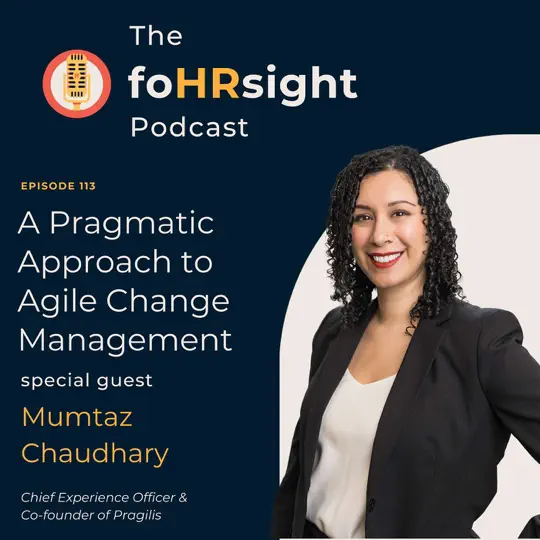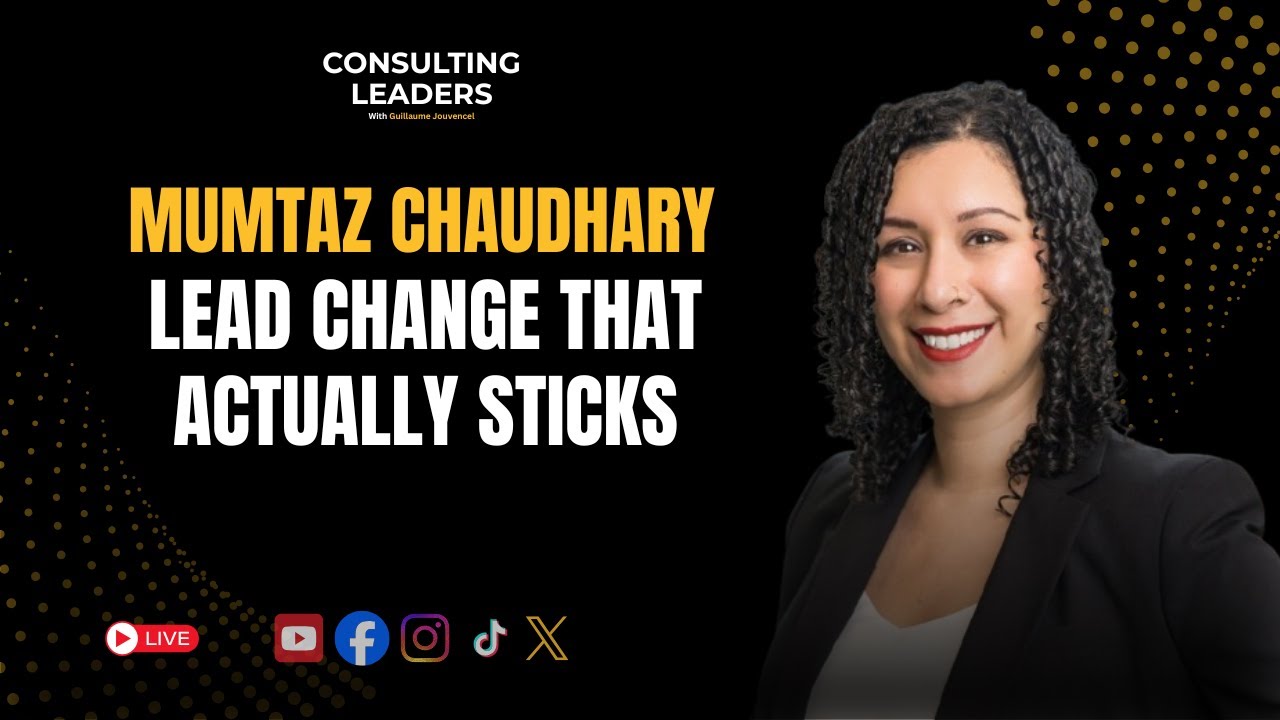Five ways to radically improve your organizational agility

Increasingly, client organizations that my firm works with are asking for support in building organizational agility. For these organizations, the ability to change quickly and succeed is a distinct competitive advantage. They know that slow and unstable very rarely win the race of the future.
McKinsey defines agility as “the ability of an organization to renew itself, adapt, change quickly, and succeed in a rapidly changing, ambiguous, turbulent environment.” A high degree of agility helps organizations react successfully to the emergence of new competition, technology and shifting market conditions. Essentially, if your organization is not nimble, you risk losing relevance. I urge you to not risk getting sidelined.
Just how do you build agility in this time of constant change? How do you remain steady in an increasingly volatile, uncertain, complex and ambiguous (i.e. VUCA) world? What follows are five tips that will help you mobilize your workforce for success.
Tip #1: Adopt a growth and learning mindset.
Agility requires leaders to develop talent in their organizations. In these organizations, coaching and training programs are delivered at scale to develop the capabilities of their people. Energy is spent on learning because the value of learning is reinforced at the highest levels of the organization. People in these organizations collaborate and innovate, continuously seek feedback and take appropriate risks. Employees at all levels of the organization admit errors and lessons learned. A simple tactic to develop this mindset is to start meetings with the question “what have you learned recently”? Keep constant learning and growth a top priority if you want your organization to thrive.
Tip #2: Operate and evaluate based on core values.
There’s an inherent, intangible value in the core values that form an organization’s identity and personality. It’s something that’s difficult for its competitors to copy. These core values should form the guiding principles for decisions and actions amongst the workforce. In organizations that truly embody their core values, there’s alignment between each individual’s personal values and the organization’s values. This results in a unified and motivated workforce - a community or a tribe. It also results in positive and consistent customer experiences - think of how this transformed businesses like Zappos. Authentic, values-based organizations and leaders will always maintain a positive trajectory during times of change.
Tip #3: Recognize opportunities and act quickly.
The ability to execute on strategy more quickly than others in your market also serves to bolster agility. Organizations that are able to change business models and hierarchies more readily than others capture market share, rapidly enter new markets and nimbly exit ones that contract. What’s most evident in these organizations are embedded capabilities in change management (i.e. it’s just a part of how everyone works) and entrepreneurial spirit. These workplace cultures are empowered to make decisions, take accountability and drive success.
Tip #4: Relentless pursuit of purpose over profits.
When I think of purpose-focused, the most prevalent example of a company that characterizes it is TOMS. Its founder, Blake Mycoskie, is well-known for his sense of purpose and the company has achieved massive success with this simple strategy (i.e. the TOMS One for One model). One of my quotes from Blake, and one that captures this idea is as follows:
“We didn’t start a company with a mission, but we had a mission that turned into a company”. (Blake Mycoskie, TOMS)
There’s overwhelming evidence that shows that when you focus on bigger impact, it rallies people behind you and inherently shields you from turbulence and adversity in markets. It helps employees embrace a reason for being, and they don’t think of their work as “just a job”. The “why” of the company clearly resonates. It’s the companies that help people and the planet that will win out in because they create a shared sense of social purpose, an emotional bond - a movement if you will. Forget the Fortune 500 lists; it’s time to recognize the social enterprises and conscious capitalists of the world who have proven they have the secret to longevity.
Tip #5: Fluidly mobilize resources.
I like to think of the game of agility as a chessboard. The leaders are the chess masters; helping to foster internal mobility, encourage cross-functional assignments and break down silos. They do this by moving the chess pieces around quickly and nimbly; rapidly disassembling and reassembling teams to enable the sharing of ideas and talent. Often, this can also include the external resources that are engaged in the change process as strategic partners and strategic alliances. These leaders eliminate conflicting priorities (especially those that do not align well with the strategic priorities) and speed up the decision-making process by delegating the decisions to their best people. As Jim Collins’ would say, “they get the right people on the bus, the wrong people off the bus, and the right people in the right seats”. Now there’s a recipe that’s bound to guarantee your triumph in times of uncertainty.
It’s invaluable to build organizational agility in today’s modern business world. In fact, there’s plenty of data to suggest it should be considered an important strategic imperative. Don’t risk being outmaneuvered in the game of agility; embed change management as a core capability in your organization and commit to being in business for the long-run.

